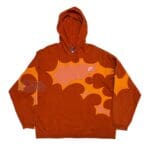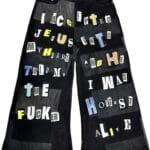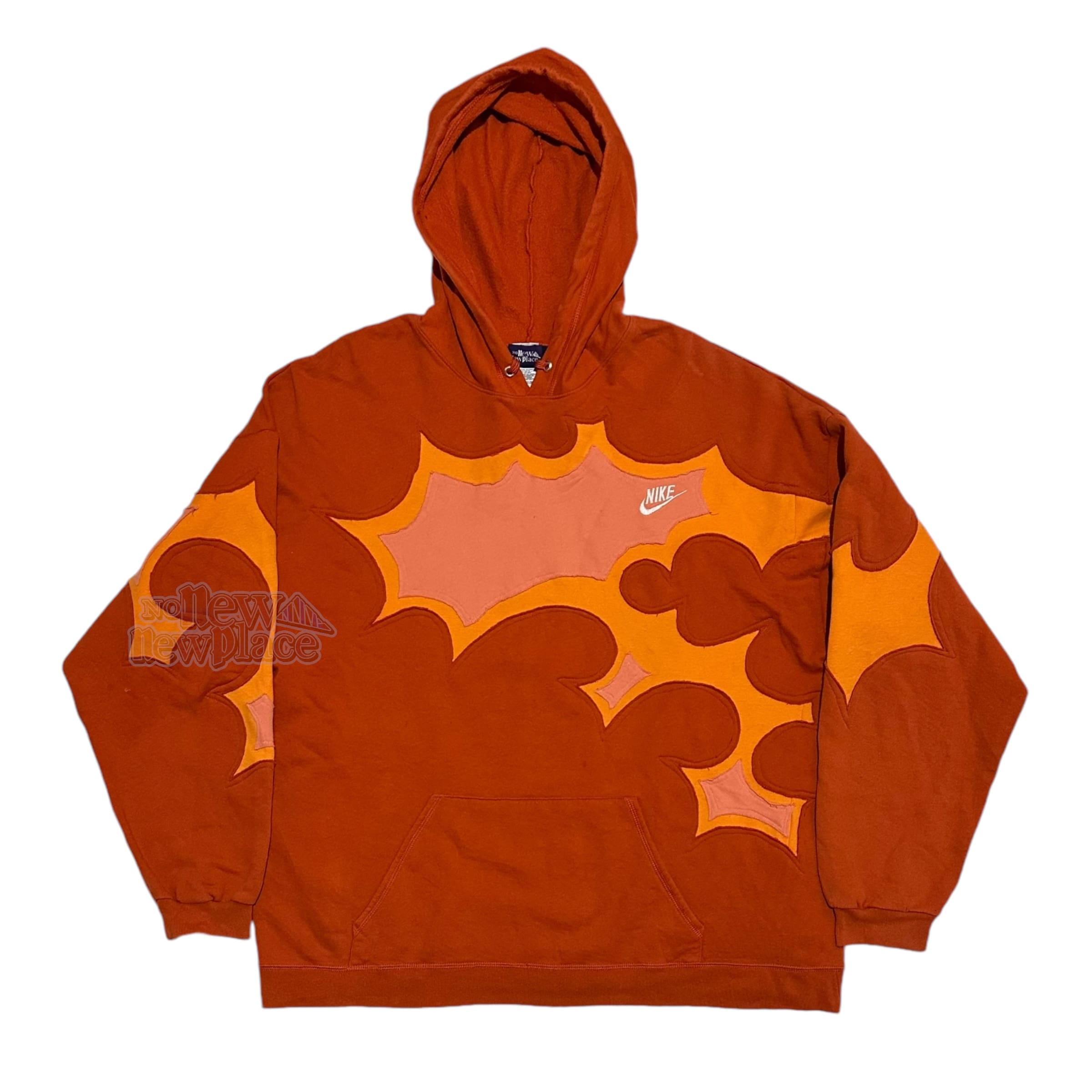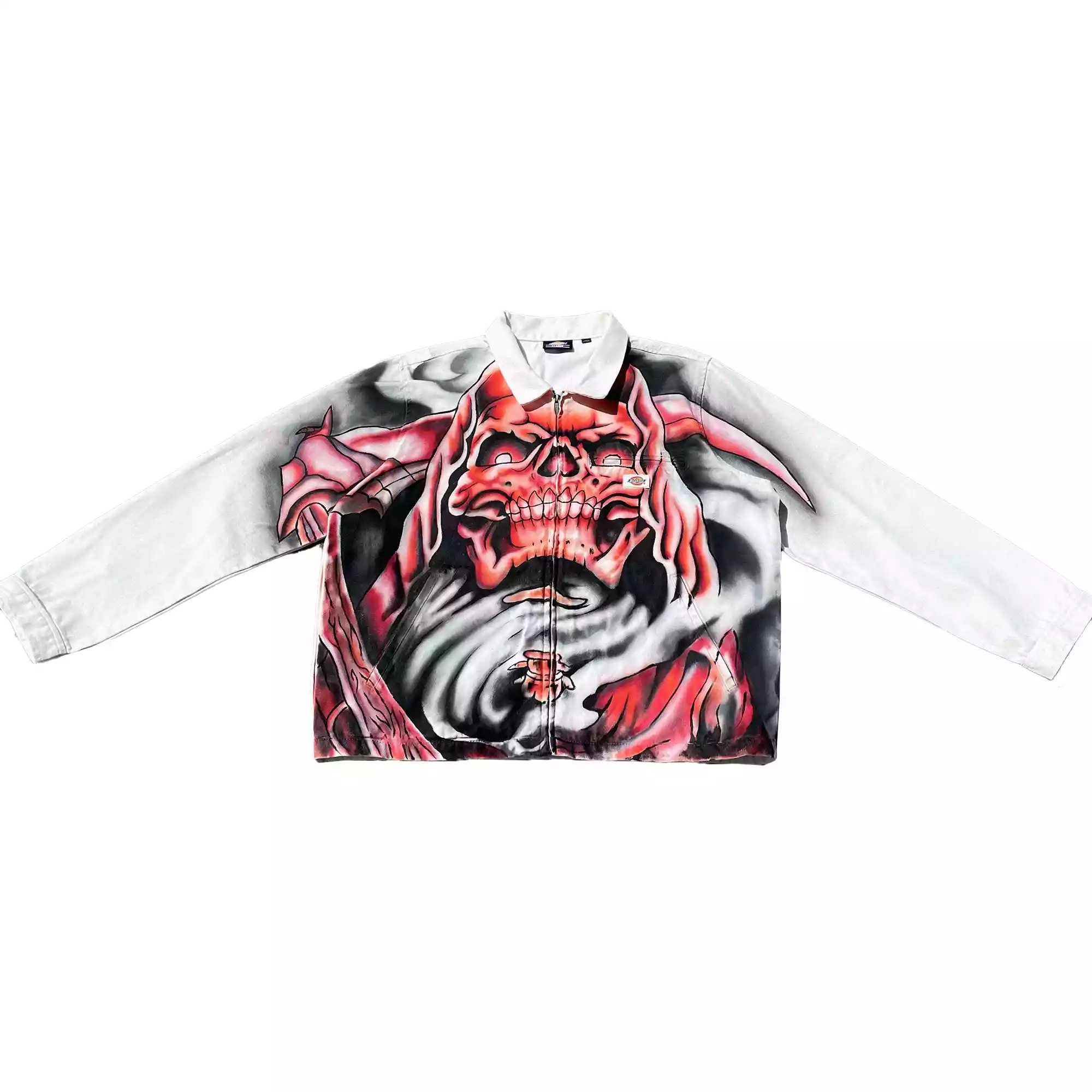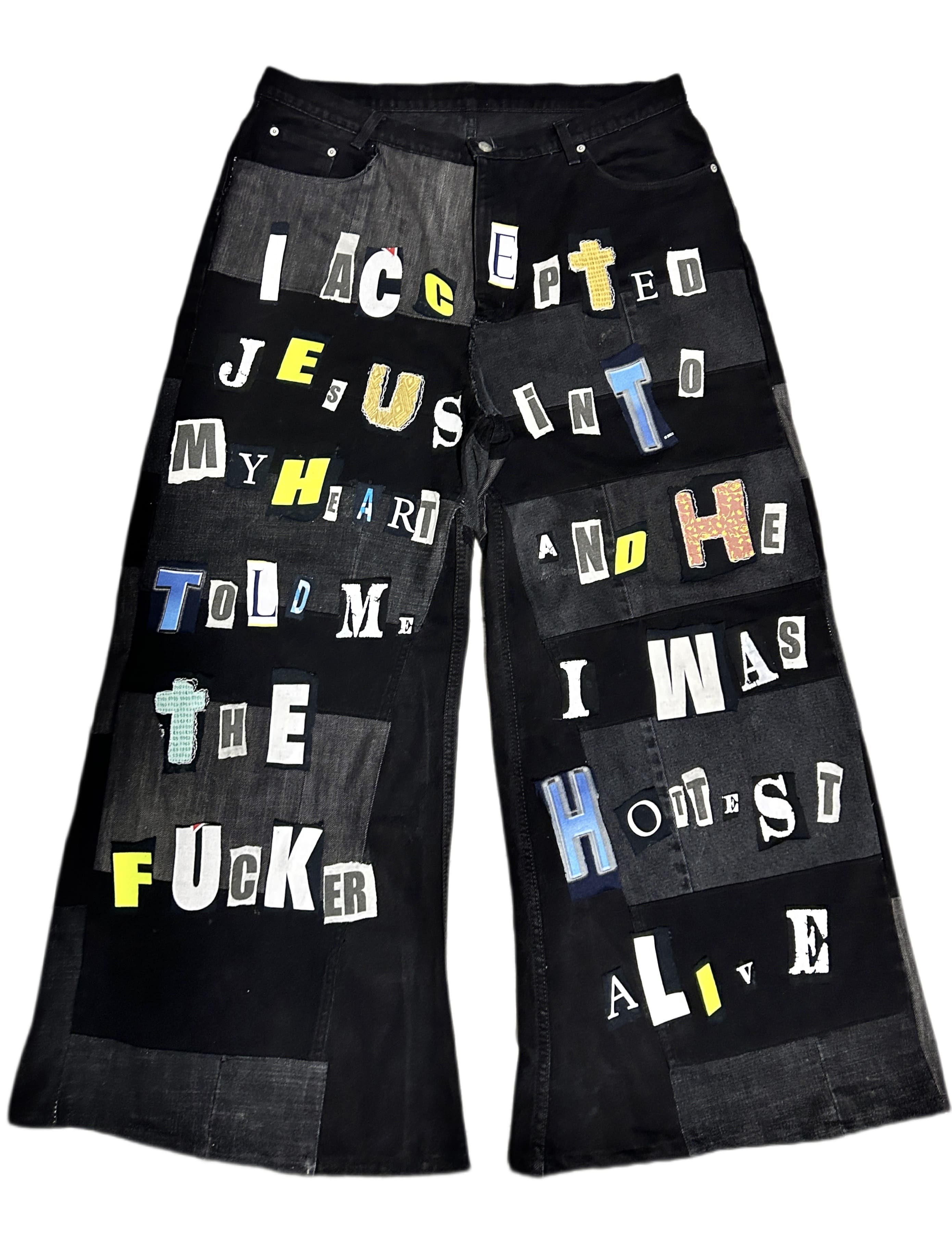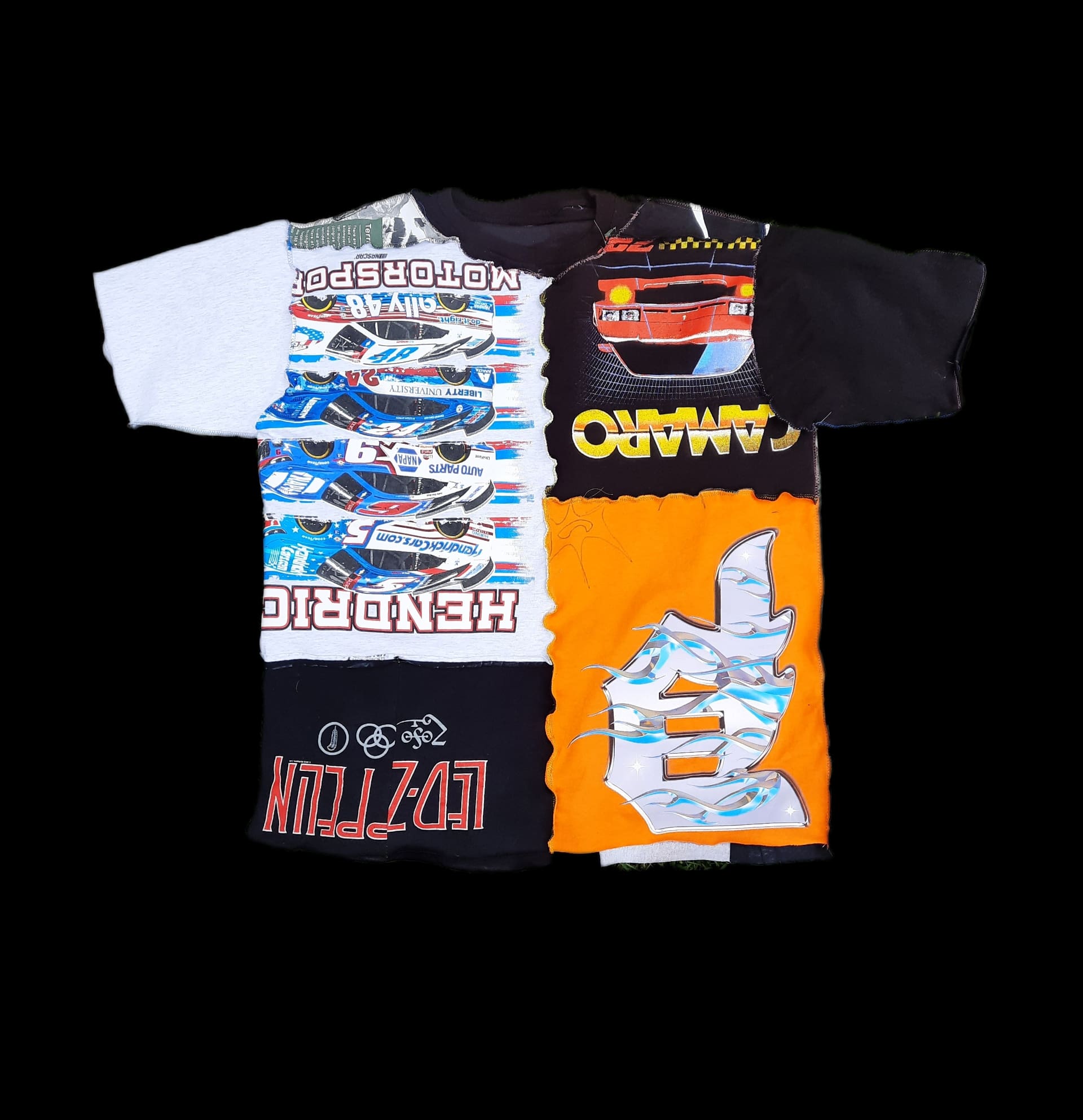Streetwear clothing is more than just a fashion trend; it’s a cultural movement that has shaped global style since its rise to prominence in the 1990s. Emerging from a fusion of diverse influences—New York’s hip-hop scene, California surf culture, sportswear, punk, and Japanese street fashion—streetwear quickly became a worldwide phenomenon.
At its core, streetwear revolves around casual, comfortable pieces like jeans, T-shirts, baseball caps, and sneakers. However, what sets it apart is the deliberate exclusivity that drives its allure. By releasing limited-edition collections, brands create a sense of scarcity, fueling a passionate following of enthusiasts eager to own unique pieces. Over time, even haute couture has embraced streetwear, blending high fashion with urban aesthetics to create a dynamic and ever-evolving style.
Over time, streetwear has not only influenced casual fashion but also merged with high fashion, as luxury brands like Louis Vuitton, Gucci, and Balenciaga embraced collaborations with streetwear labels. This fusion has elevated streetwear from its humble beginnings to a major force in the fashion world, with its mix of bold branding, comfort, and rarity continuing to attract a loyal, global following. Today, streetwear remains at the forefront of fashion innovation, blending luxury, culture, and lifestyle.
In this article, we’re going to look at how streetwear clothing has changed over time and the state of streetwear today.
Streetwear Clothing in the 1990s: Baggy Jeans and Timbs
The 1990s marked a pivotal era for streetwear, with hip-hop culture driving much of its growth and influence. Black music groups like Bone Thugs-n-Harmony and Boyz II Men shaped the fashion of the time, blending the aesthetic of ‘90s hip-hop with their own unique style. This influence didn’t just stay within music—it trickled into Hollywood, where iconic films like Poetic Justice and Juice showcased Black American street style on the big screen. These movies, featuring memorable performances by stars like Tupac Shakur, Janet Jackson, and Ice Cube, immortalized the look and feel of the era.

Key pieces of the ‘90s hip-hop wardrobe became staples of streetwear culture, from oversized denim and baggy pants to iconic Timberland boots. Originally designed for construction workers, Timberlands were adopted by New York’s street hustlers for their durability, later becoming a symbol of street style worn by artists like Biggie, Tupac, Nas, and Aaliyah. The ‘90s saw streetwear break into mainstream fashion, influencing not only music and film but also the broader cultural landscape. Today’s streetwear brands, like OFF-WHITE and Palace, are rooted in the legacy of this era, continuing to draw inspiration from the bold, expressive style that defined ‘90s hip-hop fashion.
Streetwear in the 2000s: The Digital Boom
The 2000s were a defining era for streetwear, as the rise of e-commerce platforms transformed underground streetwear into a global phenomenon. Brands like 10.Deep, Crooks & Castles, and Diamond Supply Co. dominated the scene, leveraging the platform to bring once-niche street fashion into popular culture.
Streetwear in the 2000s also saw brands like Von Dutch explode in popularity, with its bold trucker hats becoming a Y2K fashion staple. Celebrity endorsements from stars like Paris Hilton and Ashton Kutcher propelled Von Dutch and other streetwear brands into the mainstream, merging street culture with Hollywood glamour. As streetwear entered the world of high fashion, it didn’t just stay on the streets—it began influencing runways, creating a new hybrid of luxury and urban style.
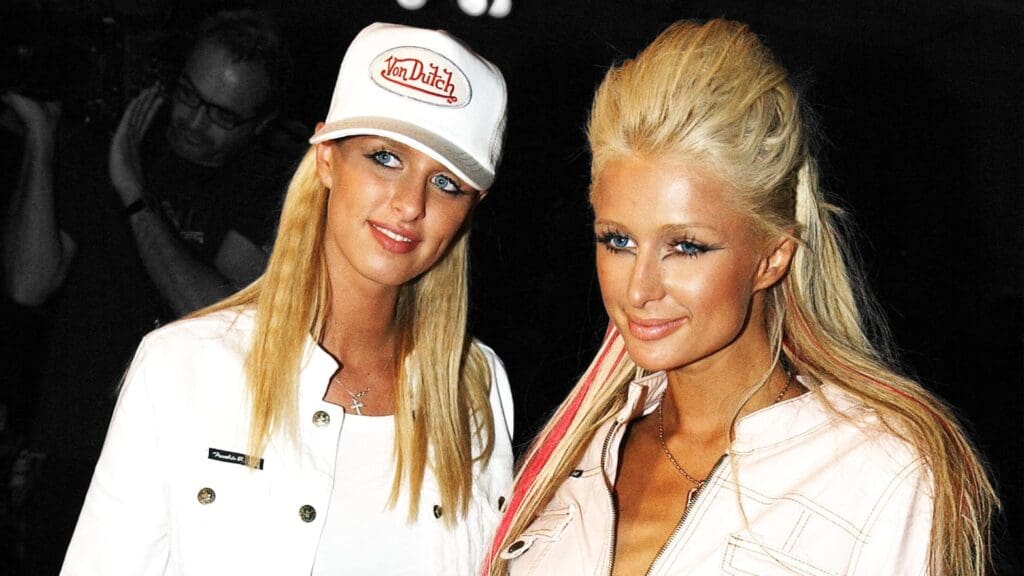
Fast forward to today, and the resurgence of Y2K streetwear is everywhere. Younger generations are rediscovering the oversized silhouettes, bold logos, and nostalgic pieces that defined the early 2000s. Brands like Von Dutch and Crooks & Castles have seen a revival, with their iconic designs popping back up in contemporary fashion collections. What was once considered the “Golden Age” of streetwear has come full circle, with Y2K aesthetics being reimagined and celebrated in today’s fashion landscape, proving that the cultural impact of 2000s streetwear continues to thrive.
Streetwear Clothing in the 2010s: High Fashion and Streetwear Merge
The 2010s were a transformative decade for streetwear, as it crossed over from the streets to the world of luxury fashion. What began as a subcultural movement driven by urban youth, hip-hop, and skate culture evolved into a mainstream force that reshaped the global fashion landscape. Streetwear no longer just influenced casual or athletic wear—it became a dominant player on high-fashion runways, blurring the lines between luxury and street culture.
One of the key moments that symbolized this shift was Kanye West’s 2009 collaboration with Louis Vuitton, which set the stage for the decade to come. By the 2010s, collaborations between high-end fashion houses and streetwear clothing brands became the norm, with luxury sneakers leading the charge. Once seen as a contradiction, “luxury sneakers” became a symbol of this merger, with iconic collaborations like the Dior x Nike Air Jordan 1s epitomizing how deeply streetwear had embedded itself into luxury fashion. These items, once unimaginable, became sought-after status symbols, marking the rise of a new era in fashion where exclusivity was redefined.
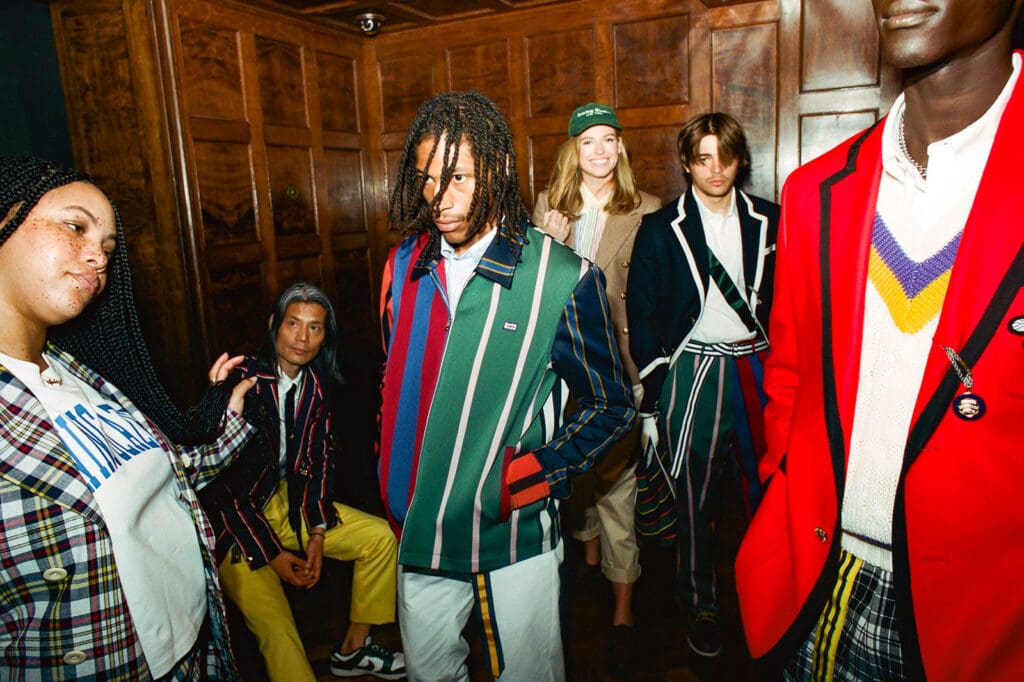
Streetwear’s influence extended beyond footwear, too. Once banned in upscale settings like clubs, streetwear staples such as hoodies, tracksuits, and graphic tees became acceptable attire, even in high-fashion circles. Brands like Balenciaga, Gucci, and Louis Vuitton embraced streetwear elements, collaborating with labels like Supreme and OFF-WHITE to create collections that reflected this new fusion of cultures. The result was a decade where streetwear was no longer confined to urban youth but became integral to the wardrobes of fashion elites, solidifying its place as a permanent and powerful force in luxury fashion.
The Current State of Streetwear in the 2020s
In 2024, streetwear is more than just a fashion trend—it’s a global cultural movement that transcends age, geography, and social class. What started as an underground phenomenon has solidified its position at the forefront of the fashion world, influencing everything from casual daywear to high fashion and beyond. Today’s streetwear clothing continues to blend comfort, individuality, and exclusivity, appealing to a diverse audience that values self-expression and authenticity.
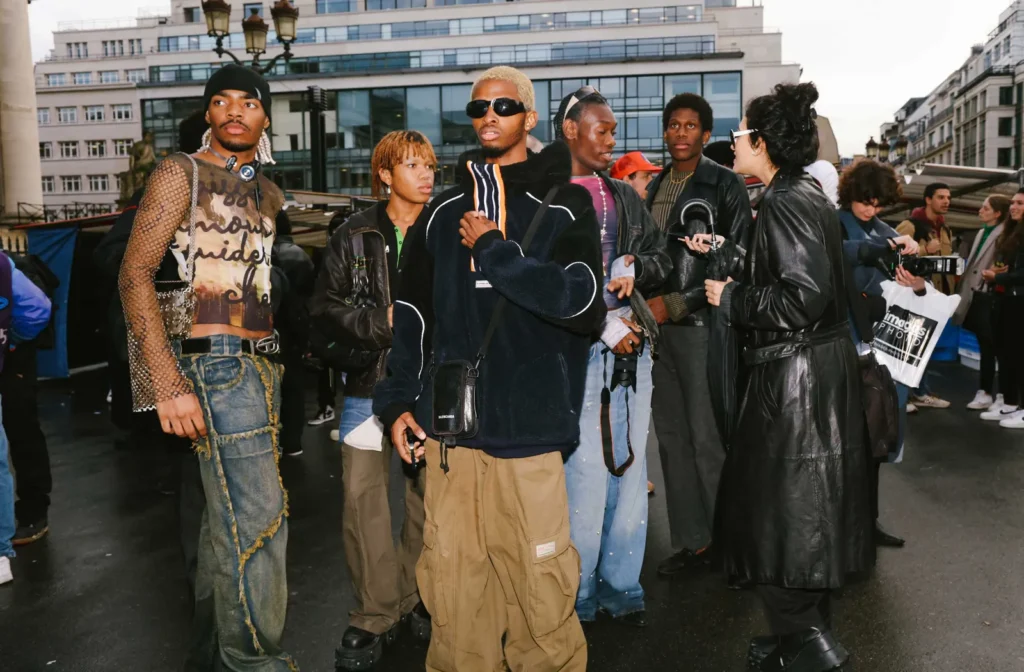
Leading the charge in 2024 are some of the most influential streetwear brands, both legacy names and emerging powerhouses. Supreme, which has been a cornerstone of streetwear since its early days, remains an iconic label, known for its limited drops, bold branding, and collaborations with top-tier brands like Louis Vuitton. OFF-WHITE, founded by the late Virgil Abloh, continues to shape streetwear’s future, with its signature use of quotation marks and deconstructed designs still resonating strongly in the post-Abloh era.
Streetwear’s Eco-Friendly Evolution: The Rise of Upcycling and Reworking
As sustainability becomes a growing concern in the fashion industry, streetwear is evolving to embrace eco-friendly practices. Once driven by fast fashion and constant new releases, today’s streetwear culture is increasingly focused on environmental responsibility, with upcycling and reworking emerging as key trends. Brands and designers are now prioritizing sustainability by repurposing old garments, deadstock fabrics, and even second-hand pieces to create fresh, innovative designs. This shift reflects a broader awareness of the environmental impact of fashion and a commitment to reducing waste.

The appeal of upcycling in streetwear is also tied to the DIY culture that has been central to the movement since its inception. Today’s generation of streetwear consumers is not only buying upcycled pieces from established brands but also engaging in reworking their own clothes, transforming thrifted items into customized, stylish garments. This fusion of sustainability and creativity is helping to redefine the future of streetwear, making it not just a cultural force but also a leader in the push for a more responsible and eco-friendly fashion industry.
Custom WearHouse is a committed marketplace for upcycled and sustainable streetwear, empowering independent, eco-conscious artists to bring their designs to the forefront of streetwear.


